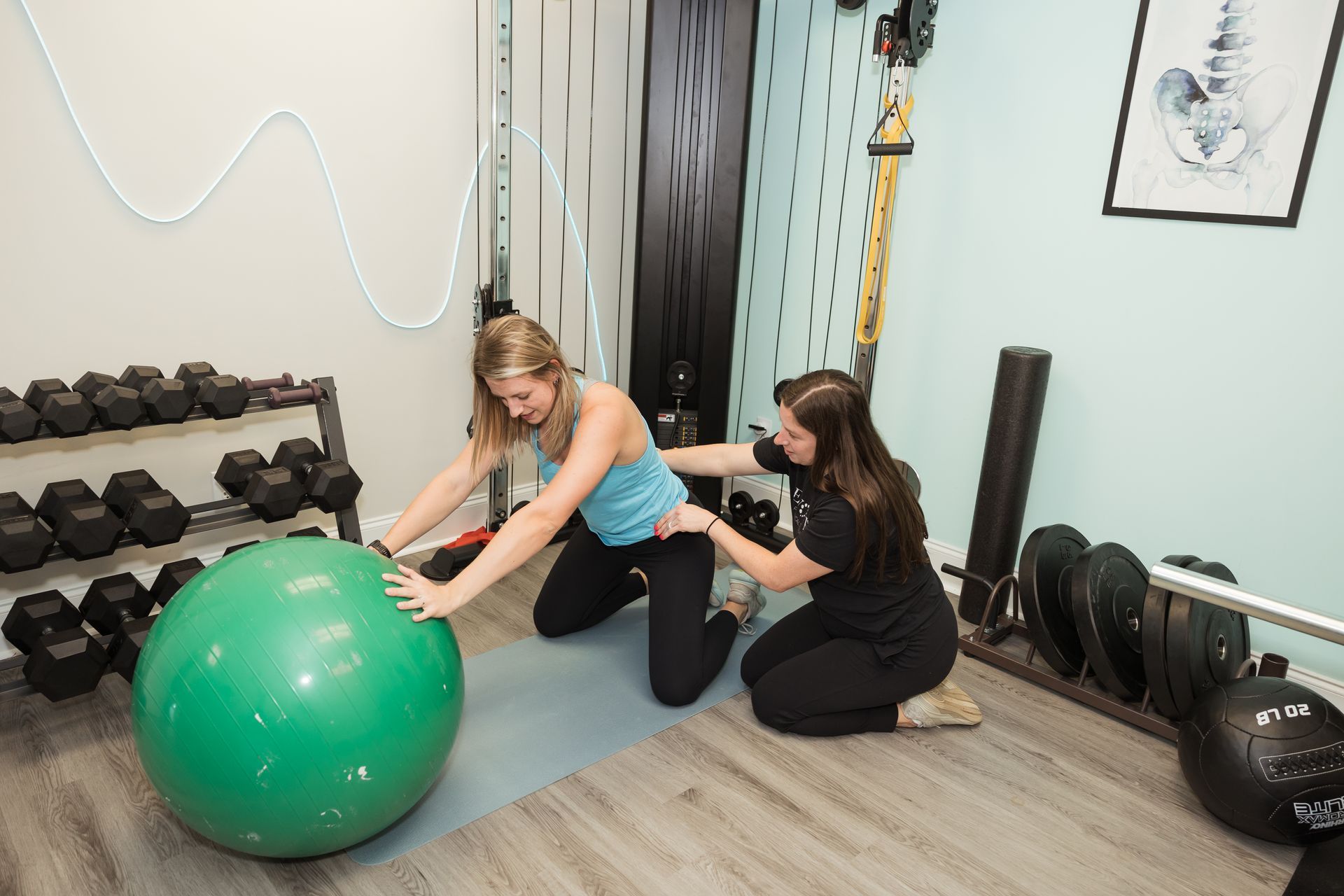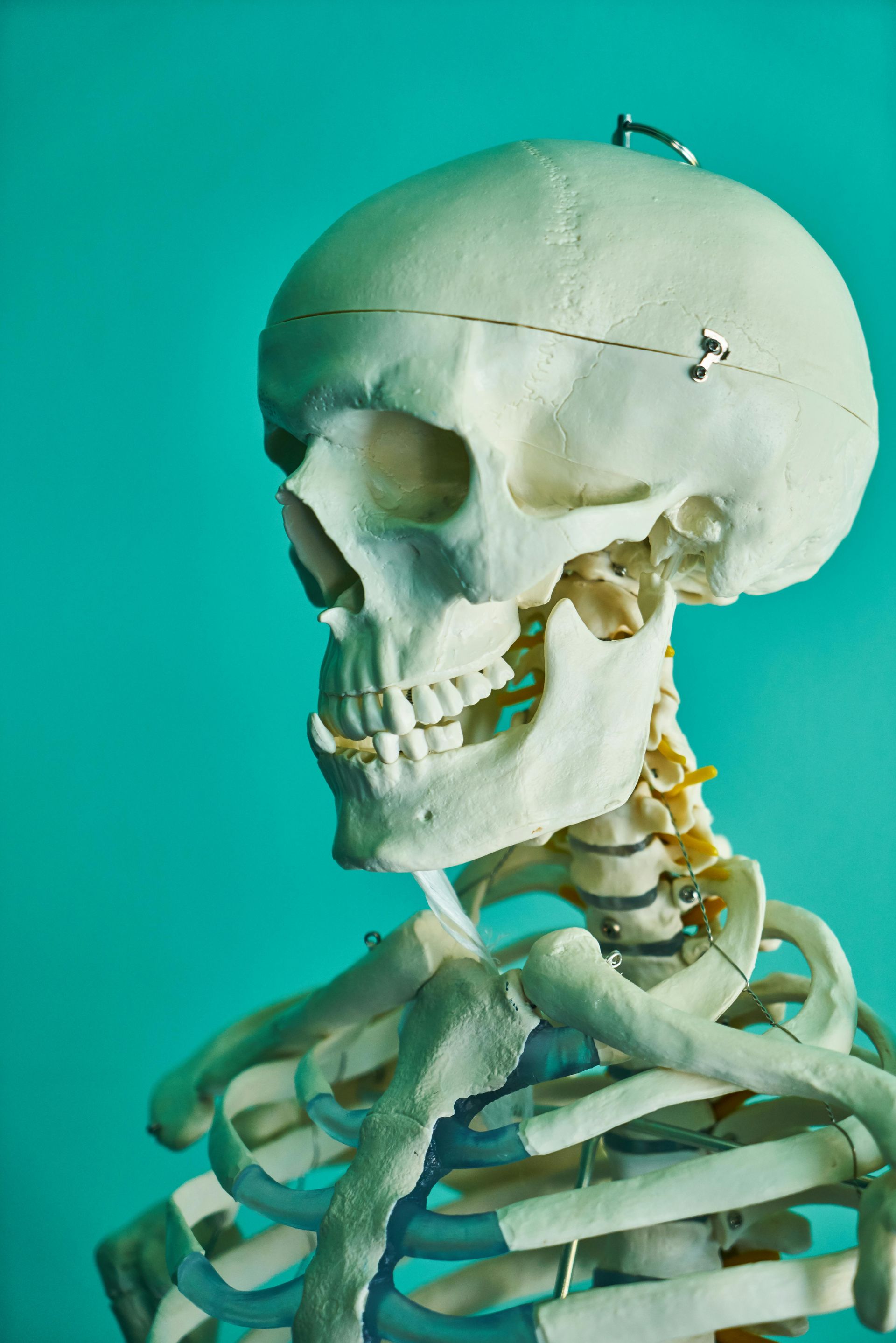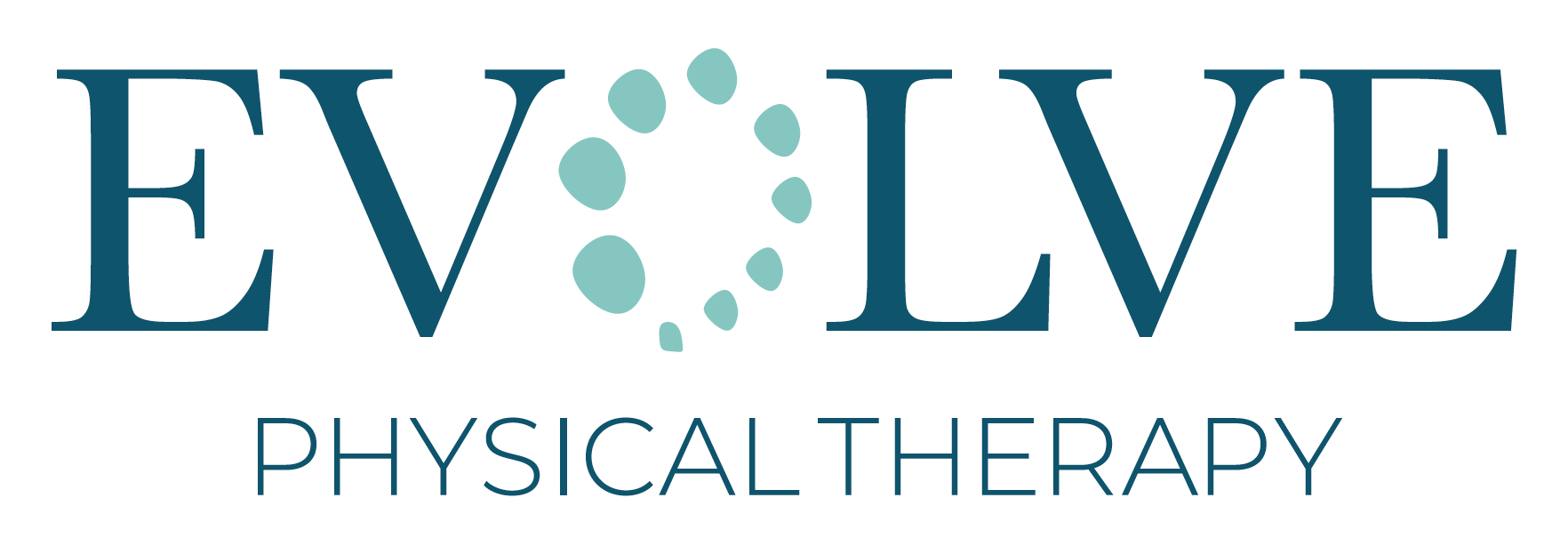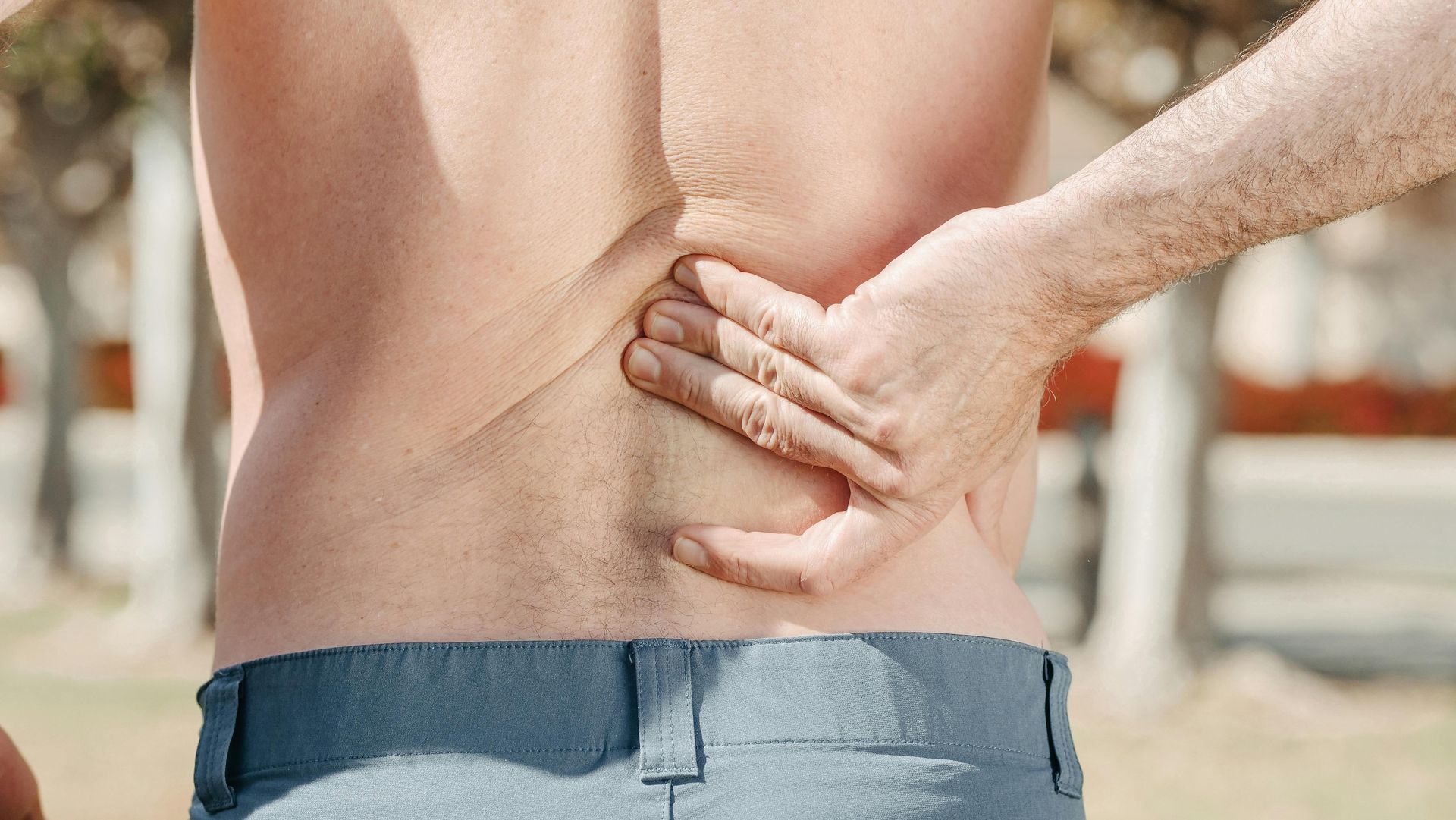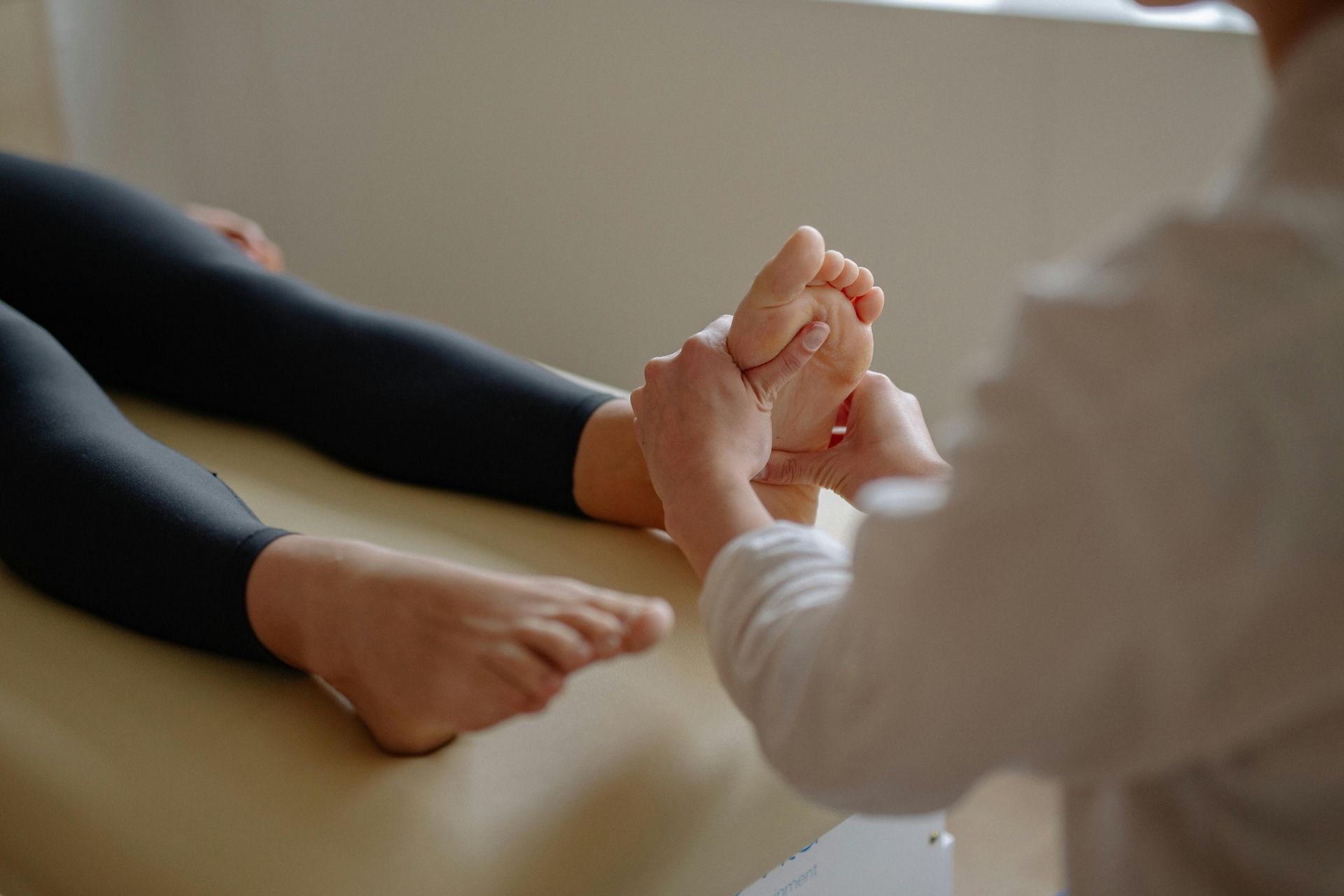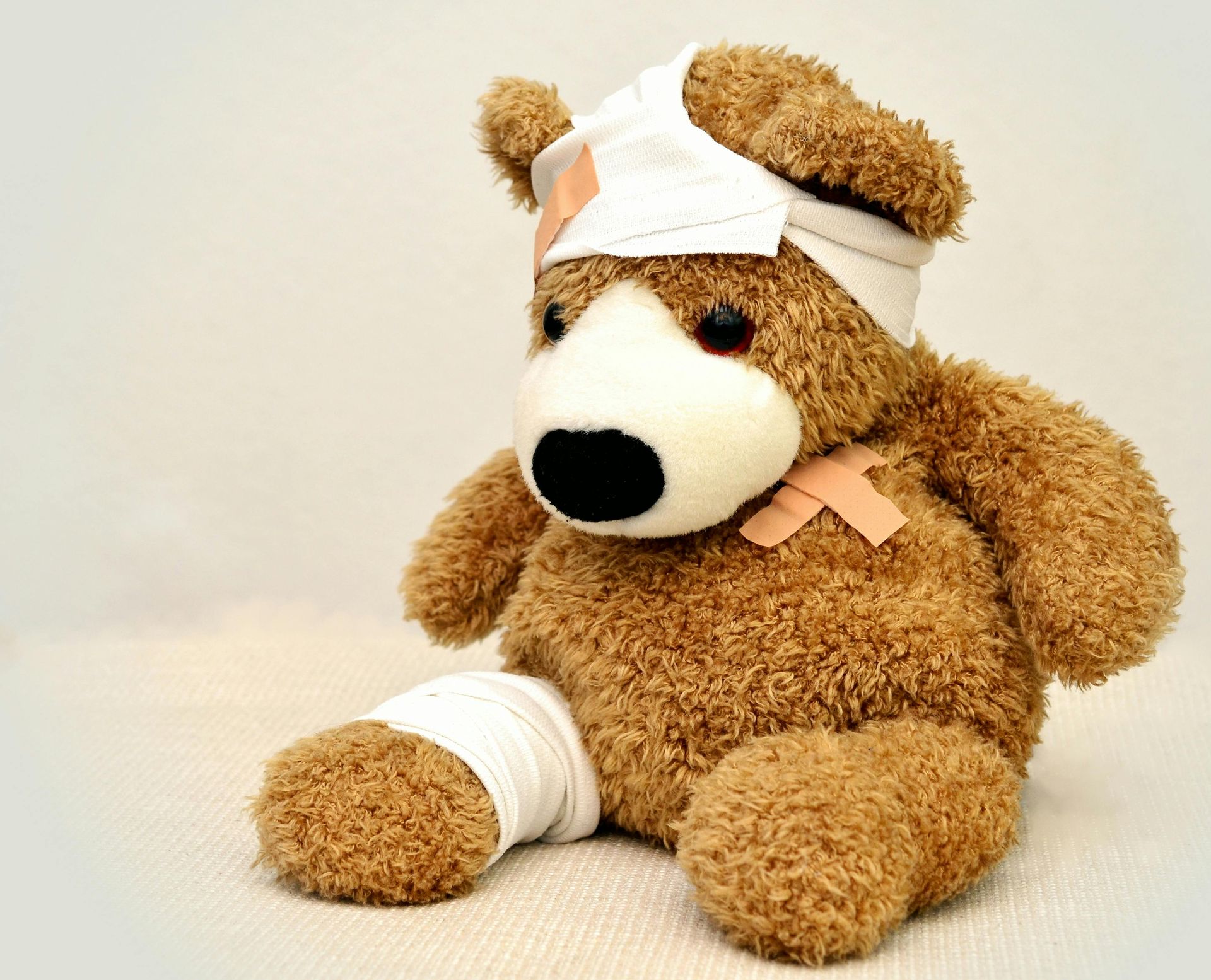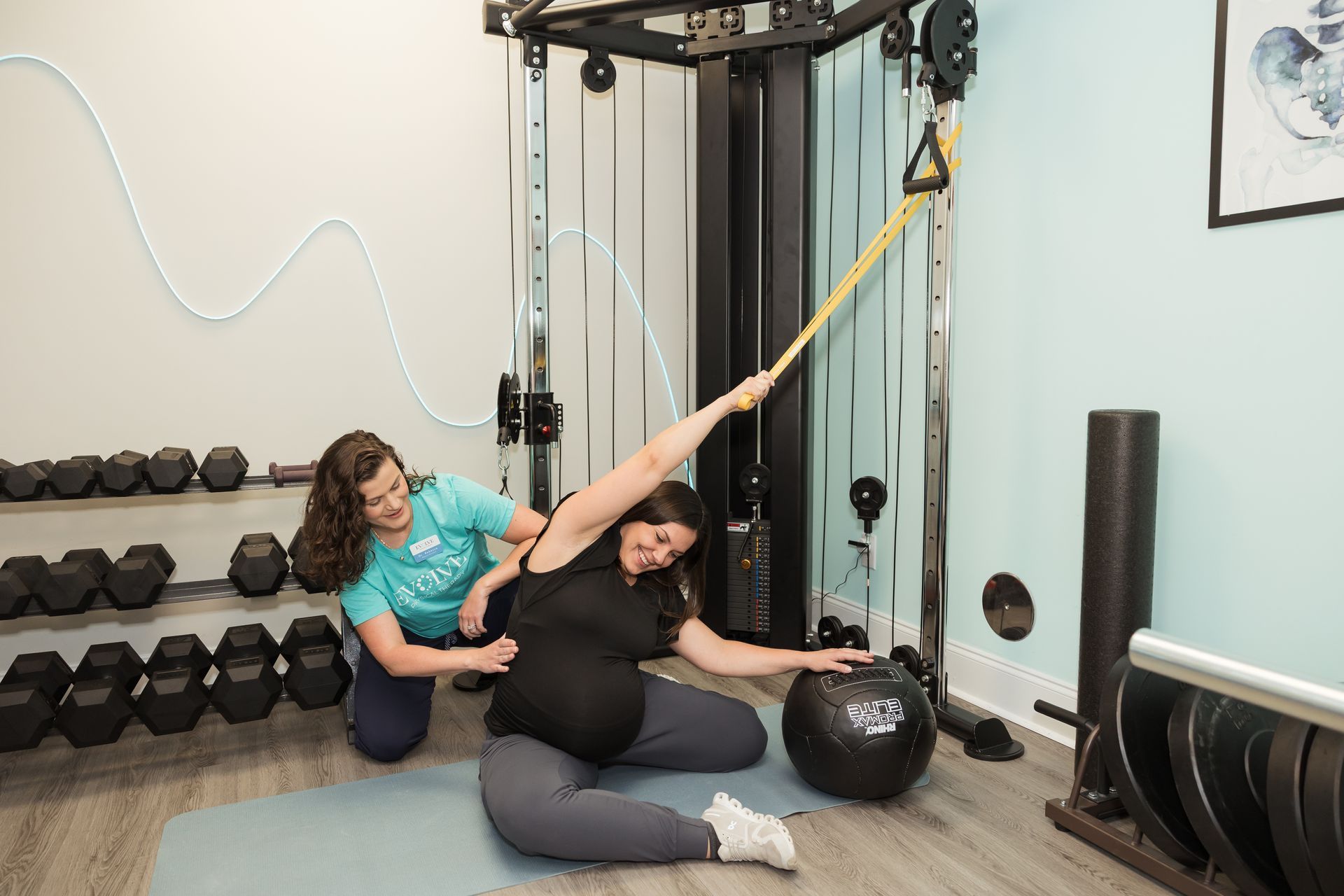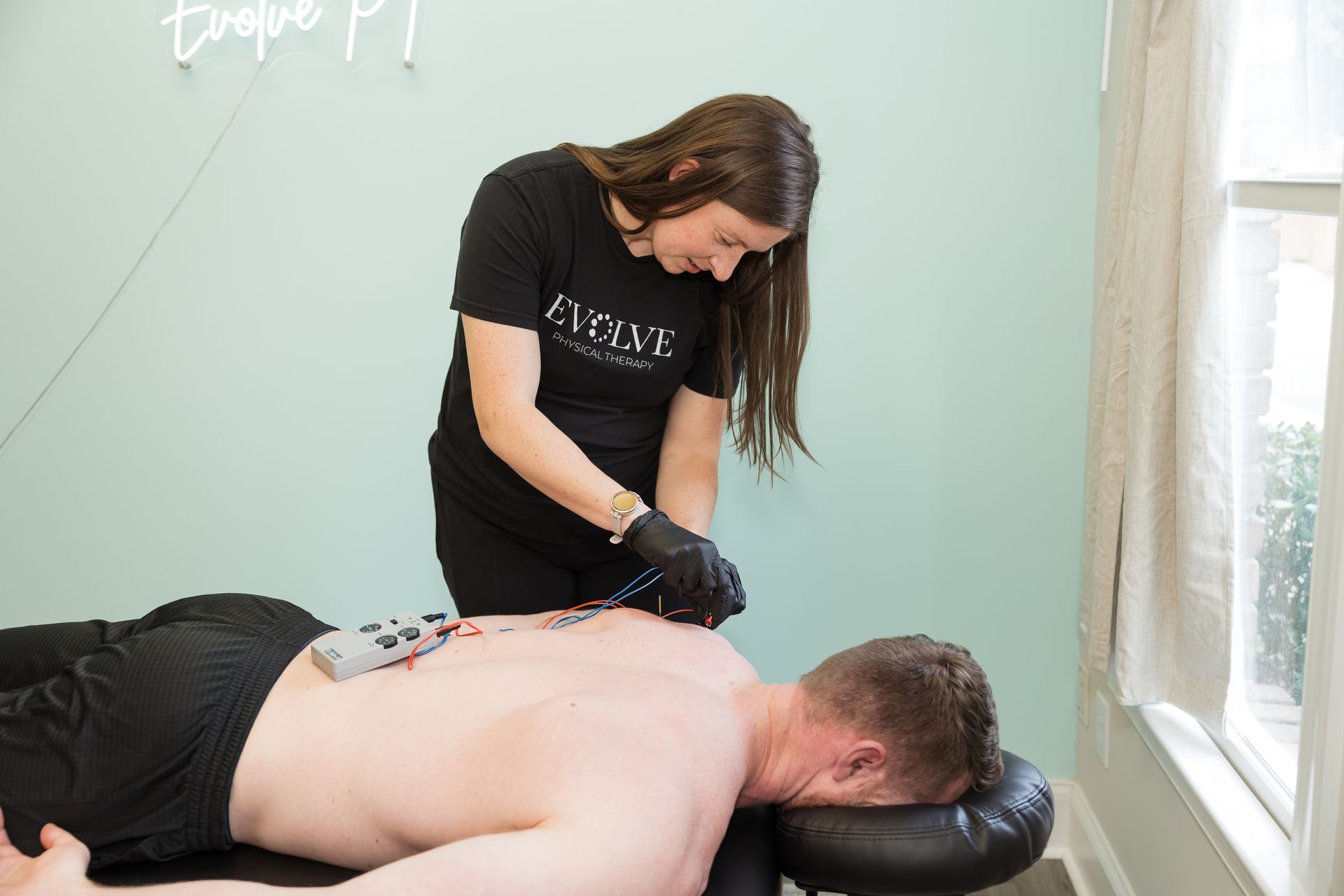What Happened to RICE and What Do We Recommend Now?
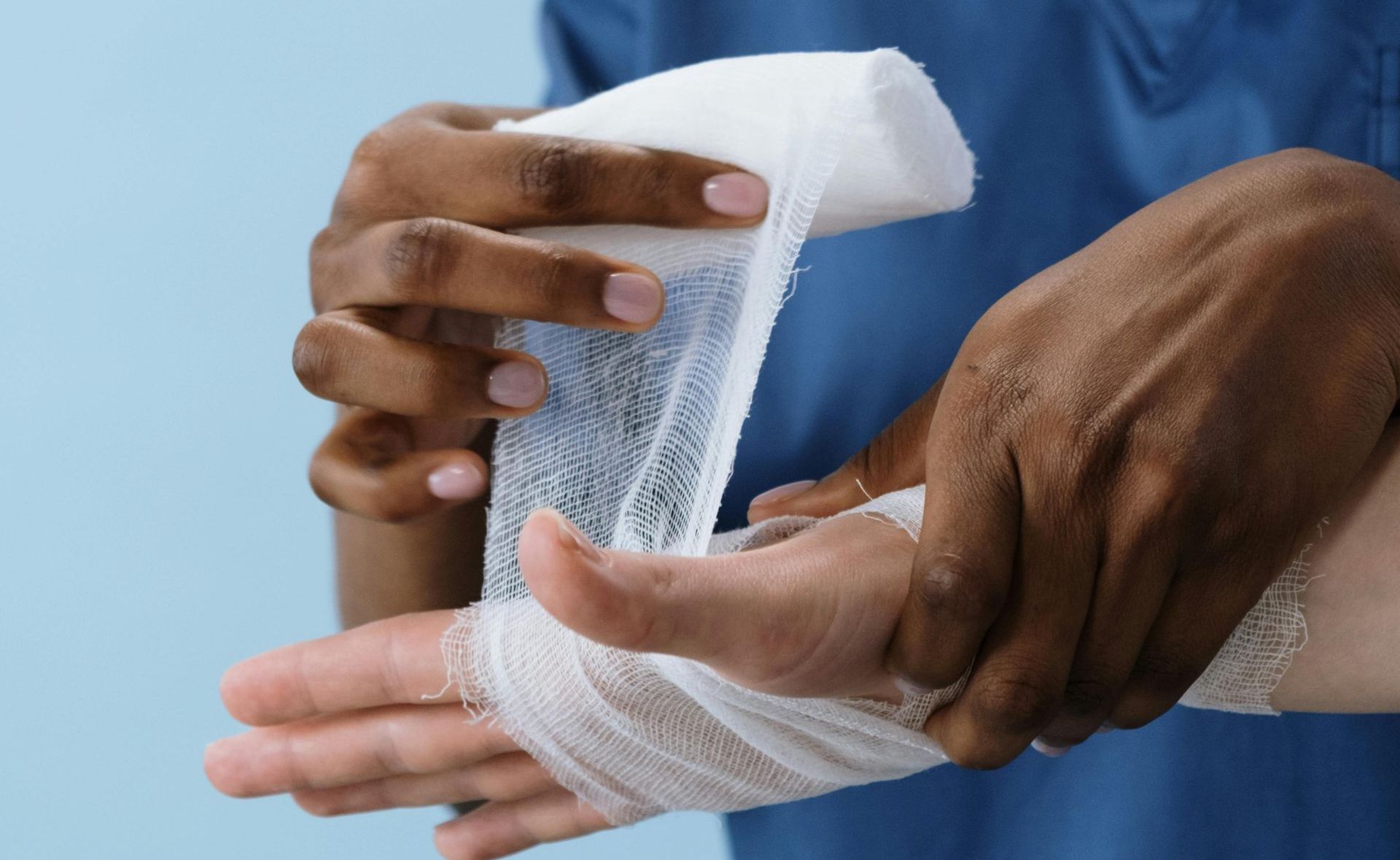
What happened to RICE and what do we recommend now?
The acronym RICE has been used for decades to guide management of acute musculoskeletal injuries. Although Dr. Gabe Mirkin coined the concept of Rest, Ice, Compression and Elevation in 1978, he changed his position in 2015 as new research demonstrated that “rest and ice can actually delay recovery.”
When a muscle, tendon, or a ligament are injured, the body responds with a 3 step process of inflammation, followed by repair and lastly, remodeling. Inflammation has a bad reputation, but without an inflammatory response, there is no healing. Part of the inflammatory response is vasodilation, which allows increased blood flow to the site of injury to usher in immune supporting cells such as neutrophils and macrophages. Macrophages release a hormone called insulin-like growth factor (IGF-1) that helps with muscle regeneration. Ice causes vasoconstriction and therefore limits the body’s inflammatory response, leading to delay of steps 2-3 for full recovery.
The lymphatic system is responsible for removing waste carried in lymphatic fluid from the site of injury up towards the heart to join the circulatory system to then be removed from the body via the urinary or gastrointestinal systems. Since the lymphatic vessels are passive structures with a one one direction of flow, contraction of muscles around the capillaries is vital for creating a pump effect to move the lymph through the system. Prolonged rest and inactivity reduces this muscle pump action, contributing to delayed clearing of waste at the site of injury, which can lead to increased swelling and incomplete healing of the tissues. Inactivity also leads to muscle atrophy, increases risk of reinjury, and reduces revascularization of the injured tissues.
Clinical research does not have high level evidence supporting the usage of compression and elevation in a recovery process, but also has not found significant harm. Therefore, these two treatments are included in the updated, very long acronym
PEACE
& LOVE.
Protect: modify aggravating activities for 1-3 days after injury
Elevate: support limb in position above the heart
Avoid antiinflammatory modalities: avoid antiinflammatory medications and ice
Compress: taping, wraps/bandages for swelling control
Educate: education from a therapist on load management and early activity to optimize recovery timeline and full healing with reduced risk reinjury, fear of movement and unnecessary medical interventions.
After the first few days after injury:
Load: muscles, tendons, and ligaments rebuild in response to graded exposure to load. Early movement encourages this remodeling needed for daily, recreational and sport activities
Optimism: better outcomes and prognoses are correlated with positive outlook on recovery
Vascularization: pain free aerobic exercise improves blood flow to injured tissues and helps manage pain without medications
Exercise: improve proprioception, increase mobility, restore strength, and reduce risk of reinjury
As with any injury, there is always nuance and exceptions that would be best answered for your specific situation by your rehabilitative medicine team. As Doctors of Physical Therapy practicing in an out of network model, our team at Evolve Physical Therapy is perfectly positioned to screen or evaluate your injury with reduced barriers to entry (no doctor’s referral needed, quick availability, and no limitations from insurance). Feel free to call or text our team at (919) 948-0880 for evidence based guidance to optimize your recovery!
Dr. Rebecca Acevedo, PT, DPT
Evolve Physical Therapy
References:
Scialoia, D., & Swartzendruber, A. J. (n.d.). The R.I.C.E. Protocol is a myth: A review and recommendations. Retrieved from https://www.ncbi.nlm.nih.gov/pmc/articles/PMC7733153/
Dubois, B., & Esculier, J.-F. (2020). Soft-tissue injuries simply need PEACE and LOVE. British Journal of Sports Medicine, 54(2), 72–73. https://doi.org/10.1136/bjsports-2019-101253
